Underwater Forests Exist and They’re as Mystical as You Would Think
Beneath the surface of a stretch of ocean just west of San Diego lies a world of enthralling intrigue. This area that appears normal above the water’s surface reveals a captivating secret below.
Let’s delve into the ethereal realm of underwater paradise near Point Loma, where towering strands of giant kelp wag in synchronized harmony. As you begin reading, prepare to immerse yourself in a world teeming with vibrant marine life where an overload of aquatic creatures weaves an enchanting tapestry among the kelp stalks.
Unsung Heroes: Kelp Forests and Nature's Oceanic Marvels
Our planet boasts magnificent forests, including the Amazon or the boreal forests of Canada and Russia—pristine ecosystems teeming with diverse wildlife and indispensable carbon pools. These natural wonders play a crucial role in maintaining the delicate balance of human existence.
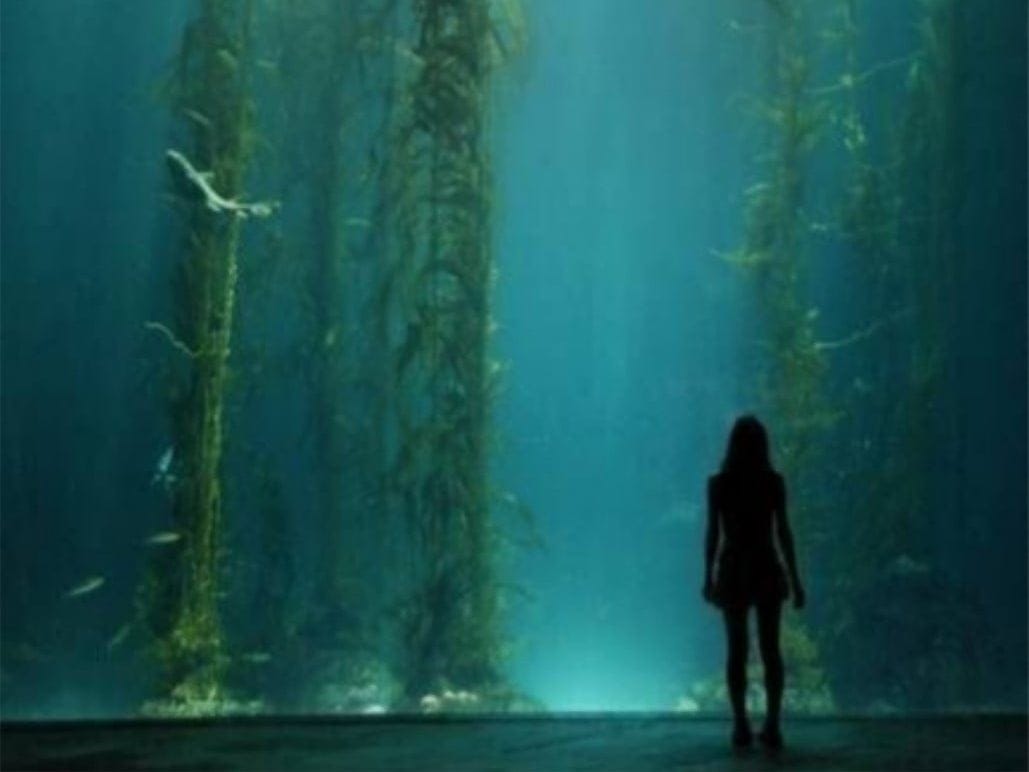
Source: Depths Below/Reddit
However, let’s not overlook the marvels beneath the waves: the unsung heroes known as kelp forests. Found in the chilly waters along approximately a quarter of the world’s coastlines, these underwater landscapes are the backbone of various marine ecosystems. Beyond their economic value, kelp forests are also nature’s formidable shield, absorbing huge chunks of pollutants. Interestingly, recent research estimated the value of these ecosystems’ services to be roughly $500 billion.
The Hidden Decline: Kelp Forests in Danger
Despite their huge value, Kelp forests remain a mystery. With incomplete data on their global response to climate change and other threats like non-native species, conservation efforts have overlooked these vital marine ecosystems.
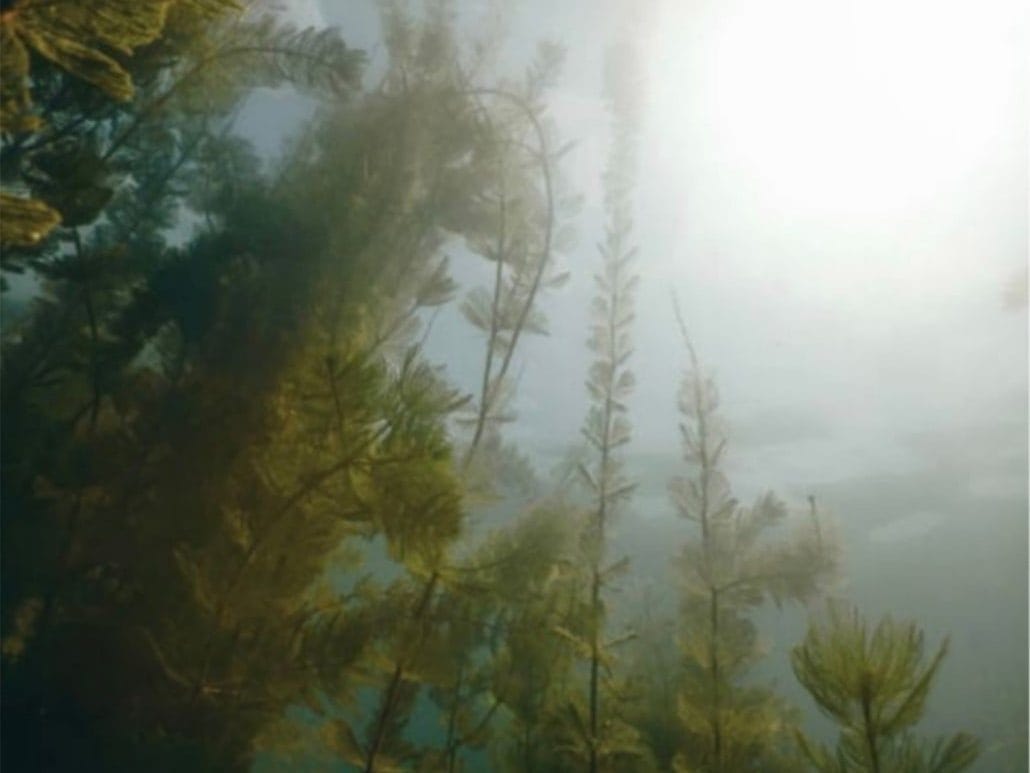
Source: Alexander/Istock
Warning research shows the troubling truth: kelp forests worldwide are declining. The UN’s recent comprehensive review emphasizes the forests’ widespread losses, with climate change poised to worsen the situation.
Marvels of the Deep
Like their land-bound counterparts, kelp forests are vibrant realms. Their three-dimensional structures shelter myriad creatures, boasting a canopy akin to their terrestrial counterparts. But on the contrary, these are no ordinary trees.
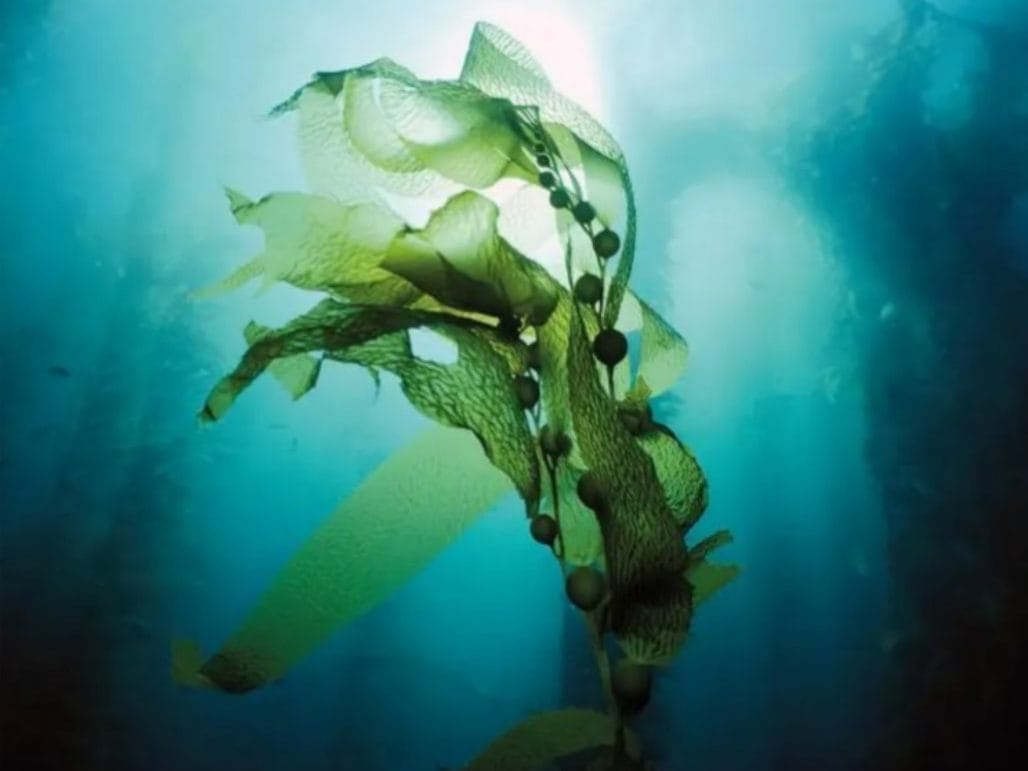
Source: New Scientist/Pinterest
Kelp, which not a plant but an algal beauty, thrives in a different aquatic kingdom. Rapid growth (up to two feet daily) sets them apart from their tree-like kin and creates a mesmerizing undersea spectacle.
Seafood Delights and Guardians of Life
Within these underwater forests, life thrives in breathtaking diversity. Kelp blades and holdfasts create havens for young fish, spawning grounds for adults, and nourishments for various other sea creatures. A single kelp stalk in Norway supports 80,000 organisms across 70 unique species, while California’s kelp forests host over 1,000 species of plants and animals.

Source: Terena Resort/Pinterest
This significance extends to seafood lovers. For instance, commercial species – including Pollack, abalone, and lobster – exist in kelp forests for at least a portion of their lives. Recently, the journal Nature illustrated how a single hectare of kelp forest contributes an average of approximately $30,000 yearly to fisheries.
Nature's Carbon Crusaders
In addition to their allure, Kelp forests hold one remarkable power: Like their land-based peers, these underwater wonders are on a mission to combat pollution and curb climate change. As the forests flourish, they actively absorb pollutants, including carbon compounds and fertilizer runoff, acting as a natural filter for our planet.
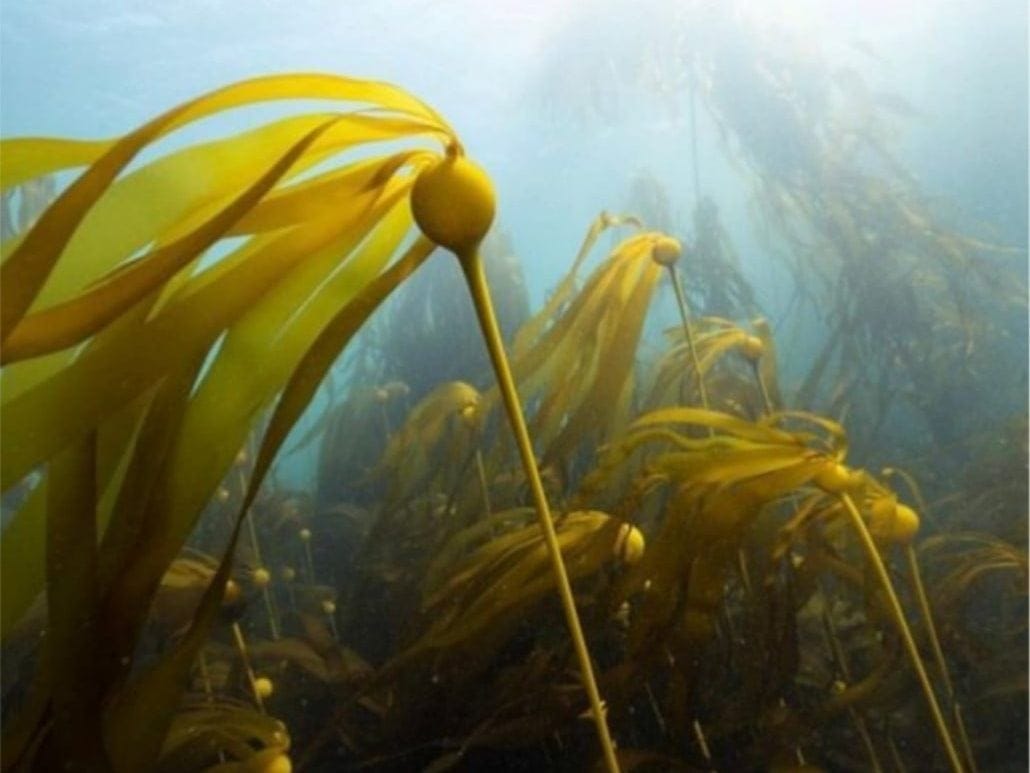
Source: Jmadler/Instagram
Selflessly, they offset a significant portion of earth’s warming emissions without charge. A groundbreaking report in Nature shows that kelp forests, through their services, sequester a staggering 4.9 megatons of carbon yearly. Pound for pound, kelp forests rival their on-land peers in their carbon-removal prowess.
The Troubled State of Kelp Forests
As the climate debate rages on, one critical question continues to pop up: Are the kelp forests facing danger? The answer, sadly, is a resounding yes. Recent analysis shows an average decline rate of about 1.8% annually for kelp forests worldwide since 2012. Alarming findings from a comprehensive review focused on long-term data paints an even bleaker picture—over 60% of studied kelp forests spanning over two decades have experienced a reduction.
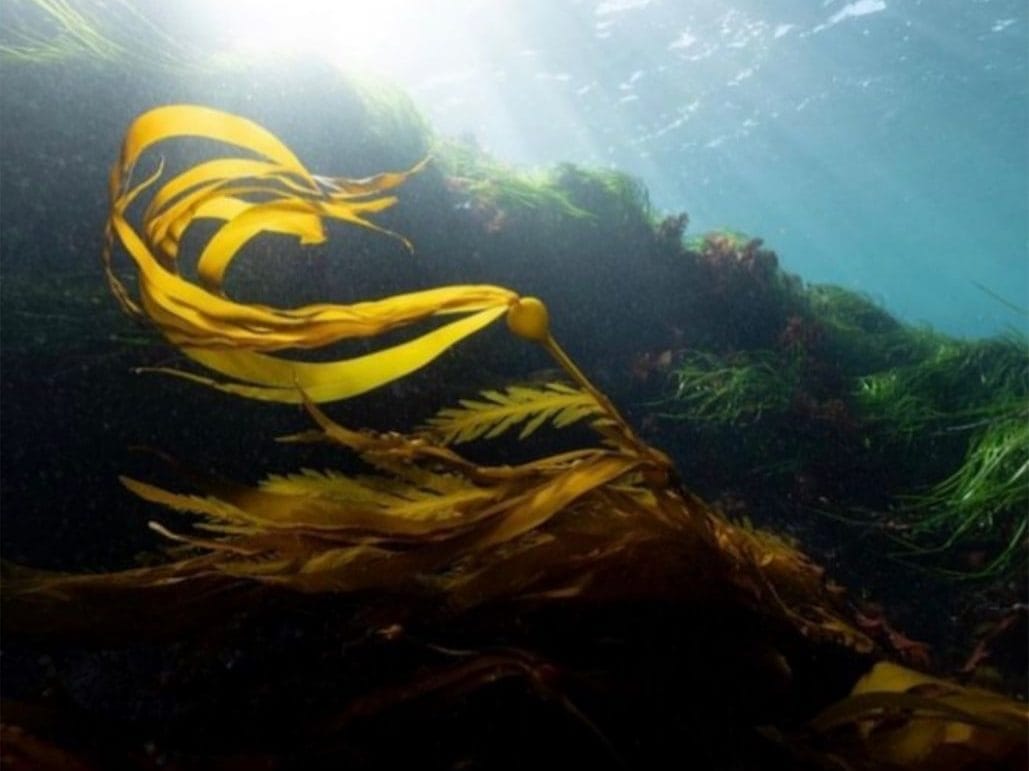
Source: Jmadler/Instagram
Kira Krumhansl, a marine ecologist who led the global analysis and co-authored the review, has spoke about these reductions. Particularly vulnerable are regions closer to the equator, including Western Australia, southern New England, and Baja California.
Hidden Woes of Mystical Underwater Groves
Warming fueled by power plants and gas-powered cars disrupt the delicate balance, initiating formidable marine heat waves. As a result, kelp forests, particularly those at the warmer edge of their habitat, are forced to confront their thermal limits.
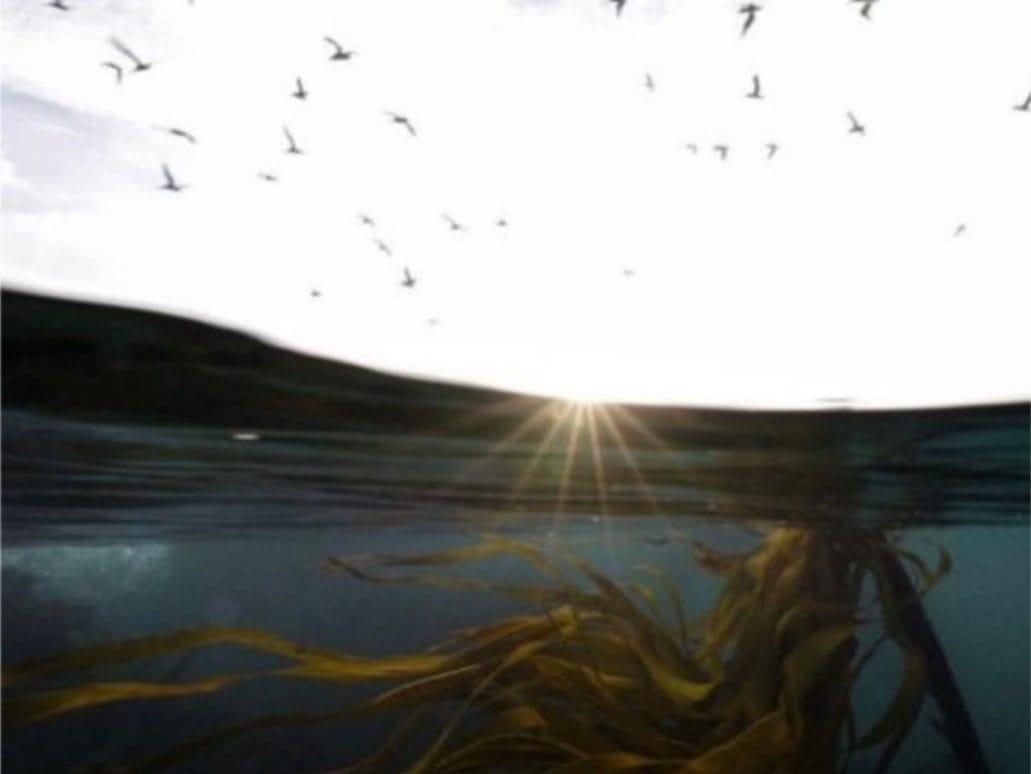
Source: Jmadler/Instagram
In addition to the complexity, warm waters hold fewer viral nutrients, restricting the growth of these majestic forests. Biologist Jarrett Byrnes of UMass Boston has shed more light on this twist.
The Silent Predators’ Toll
An unknown battle unfolds beneath the waves, silently impacting Kelp forest. Overfishing and the loss of marine predators disturb the delicate balance, releasing a chain reaction of destruction.
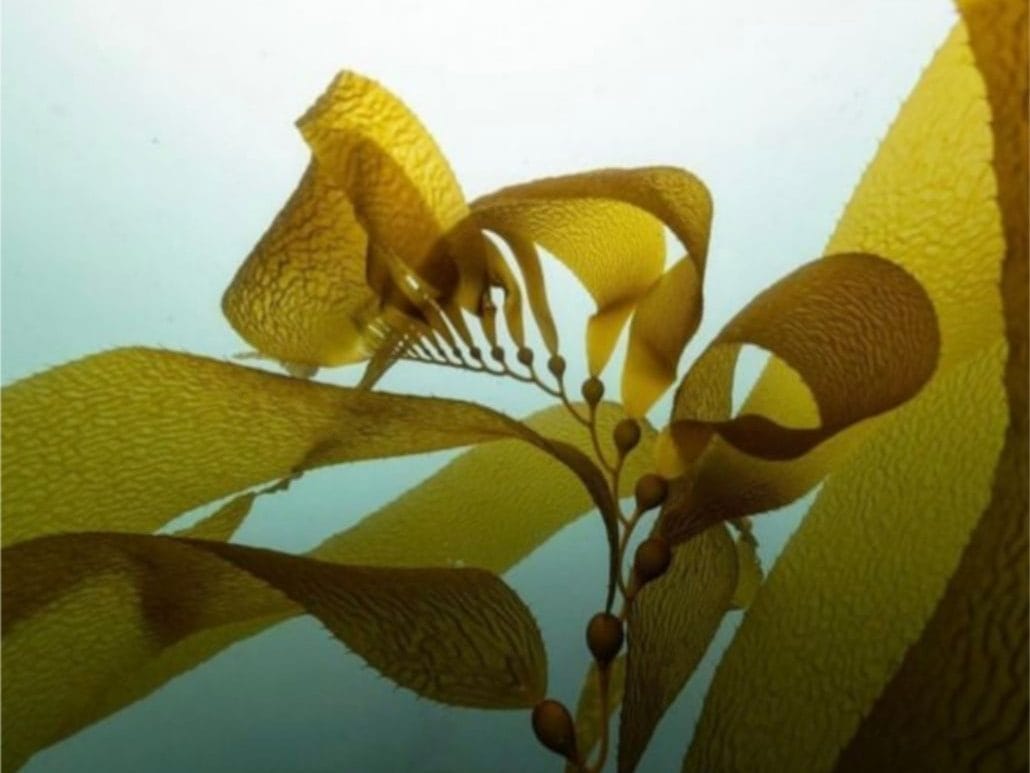
Source: Jmadler/Instagram
Once lobster, cod, and sea otters prey upon sea urchins, calamity ensues. The urchin population multiples, decimating kelp forests. This can make eerie urchin barrels emerge. From California to Tasmania and Japan, these barren landscapes witness devastation.
An Intricate Tale
The story of the kelp unfolds with intricacies, defying easy generalizations. While research points to a global decline, cautious marine biologists urge additional consideration.

Source: Open Sky/Pinterest
Variability reigns supreme, as sole kelp forests endure, standing as resilient strongholds, while others surrender to the pressures of a changing world.
Kelp's Enigmatic Dance
In the ever-growing theater of the ocean, kelp forests showcase an intriguing performance. In the Arctic’s changing climate, a surprising twist emerges. Warming waters provide a more welcoming sanctuary for kelp, while ice offers uncharted territory.
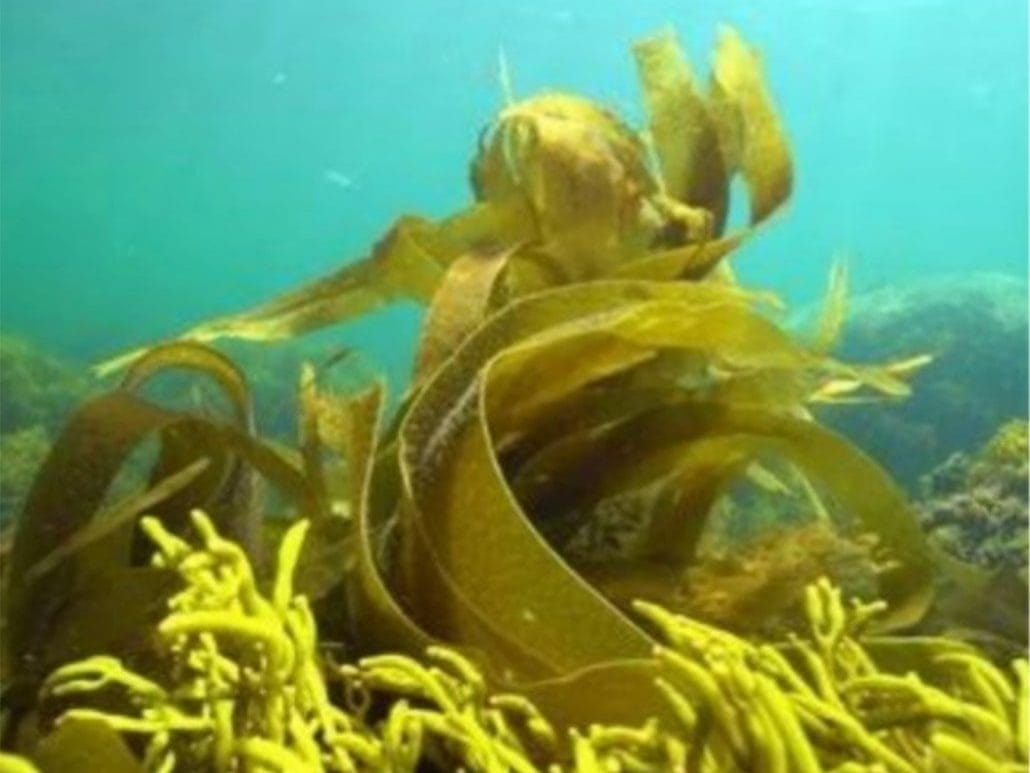
Source: Shutterstock
Elsewhere, off the coast of South Africa, nature unveils another aberration. Anomalously cooling currents weave their magic, defying conventional wisdom.
Unveiling the Uncharted
The lack of data casts heavy shadows upon the kelp’s domain. Vast stretches of their world remain unmapped, rarely monitored, leaving us with little to no insights.

Source: Wikimedia Commons
The 2016 analysis, our authority on the matter, only analyzed a mere fraction of the regions that harbor these forests. In the remote corners of South Africa and America, information is scarce.
Releasing Technology's Gaze
In the age of technological advancements, a new lens unveils the hidden depths of kelp forests. No longer bound to the ocean depths, scientists harness the power of satellites, unlocking a world of discovery.
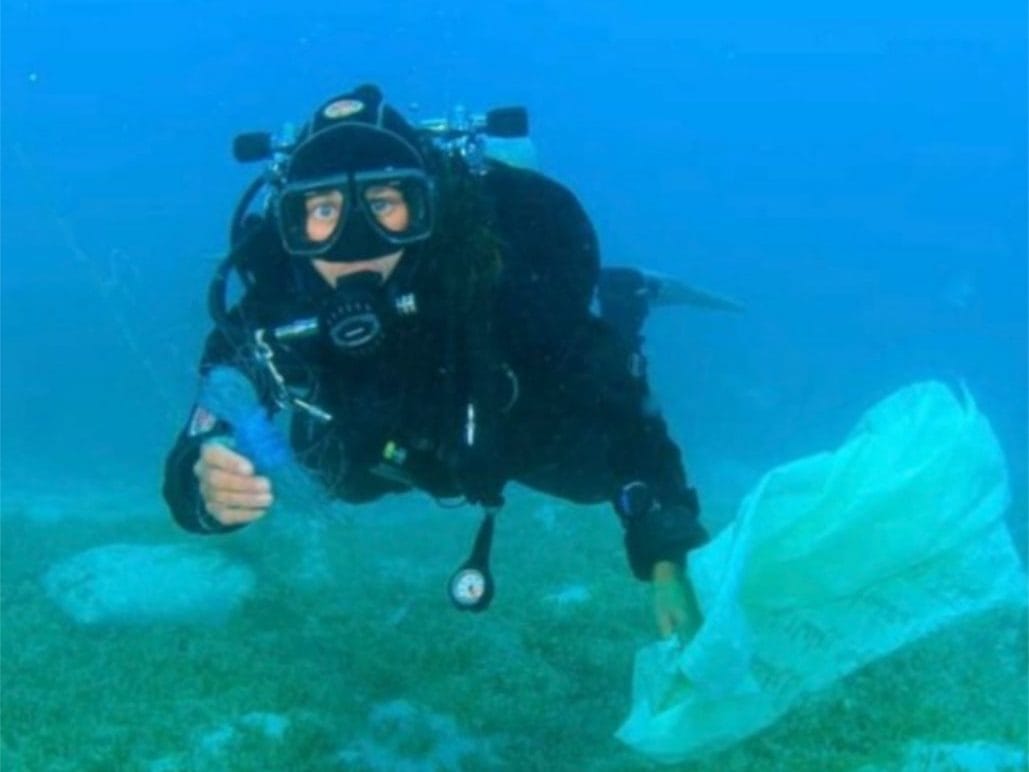
Source: Facebook
Pioneering the way, Bell and other scientists have developed Kelpwatch, a gateway to freely accessible satellite-based data. Through satellites’ attentive eyes, slight shifts in color reveal the secrets of kelp forest canopies.
The Tides of Change
As we set our sights on the horizon, the fate of kelp forests hangs in the air. Many challenges are presented in their delicate ecosystem, but none cast a more ominous shadow than the specter of climate change.
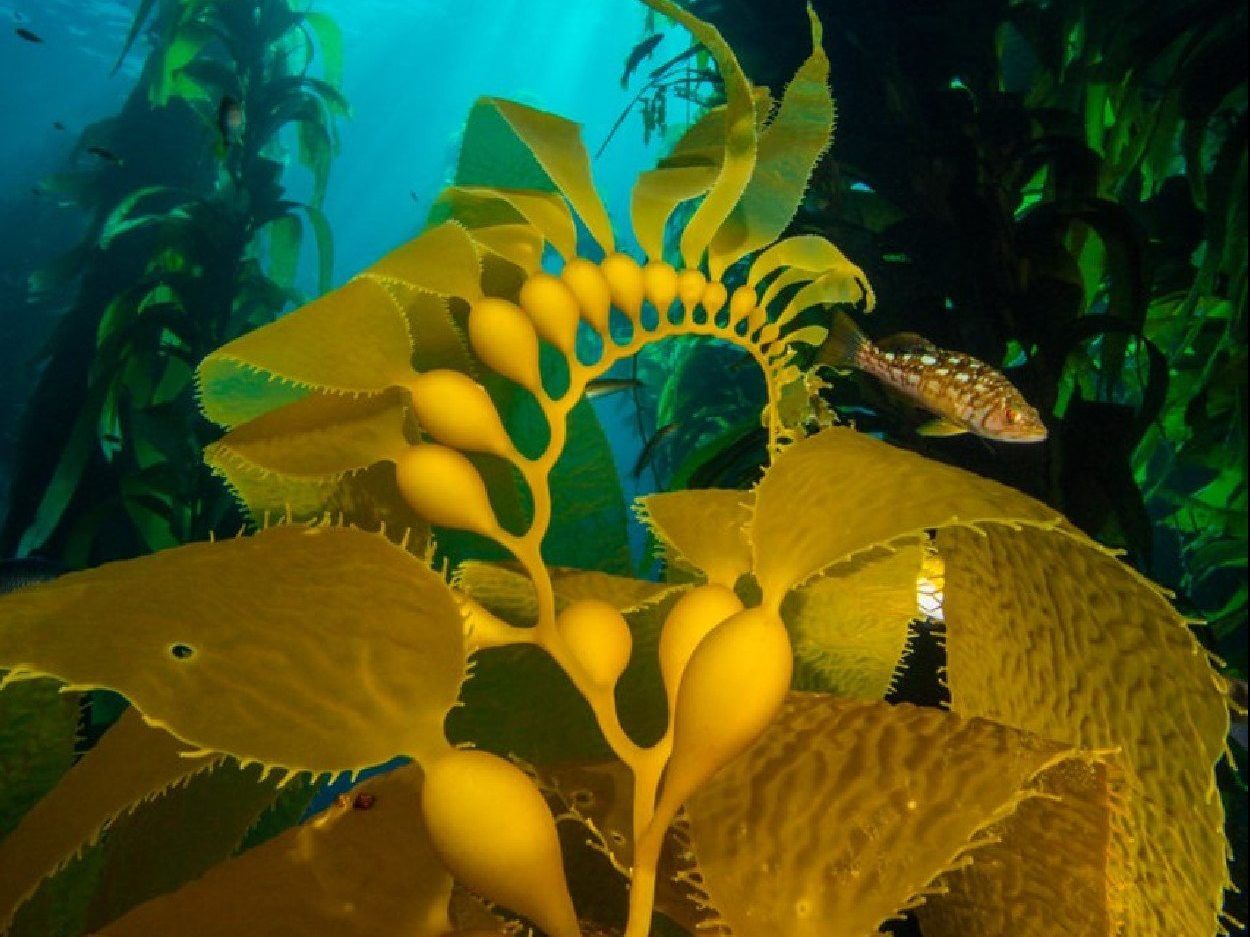
Source: Fish Loving/Pinterest
With each passing year, the ocean’s warmth intensifies, and the threat of marine heat waves grows. Recently, an alarming truth was revealed by the Intergovernmental Panel on Climate Change: since the 1980s, these heat events have doubled in frequency, thus, tightening their grip on kelp’s future. Will we stand as guardians of the underwater forests, or let the tides of change wash away these magnificent worlds forever?
Reviving Kelp Forests for a Bright Future
According to Byrnes, removing some threats can help kelp forests bounce back rapidly, as long as the conditions are right. One approach is marine parks—a sanctuary for the forest beneath the waves. With their embrace, they can offer a lifeline to kelp forests.
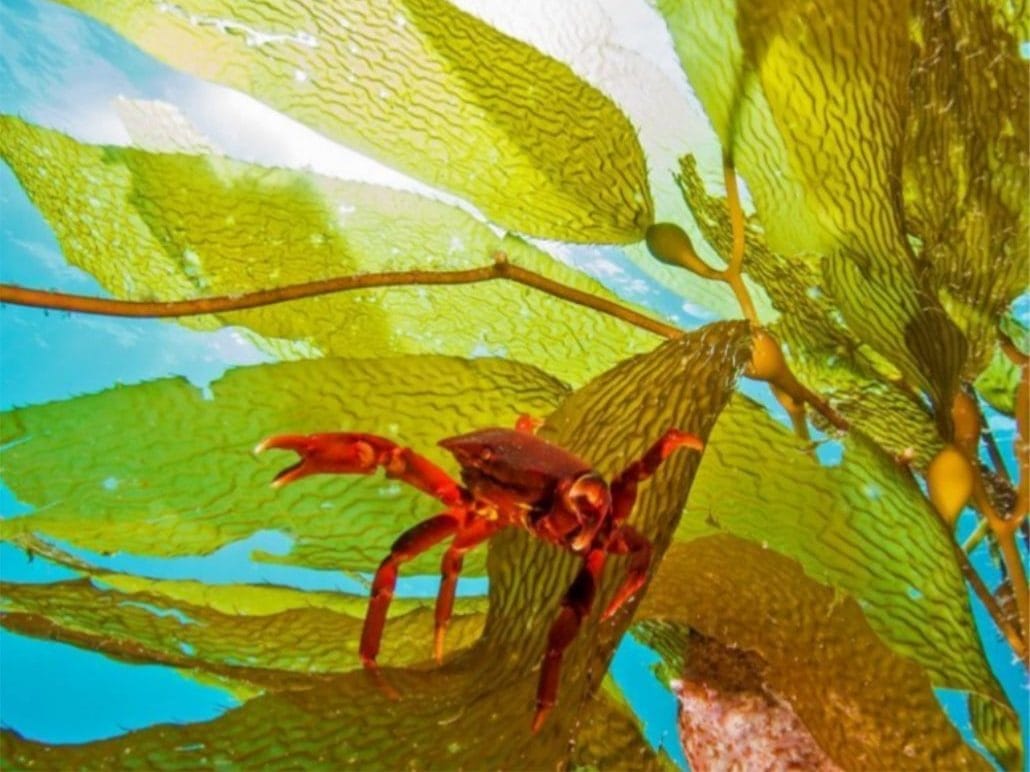
Source: Fish Loving/Pinterest
Likewise, urchin eradication can restore harmony. With this approach’s potent targeted measures, restoration can bring swift renewal to kelp realms. Fortunately, an arsenal of approaches awaits, supported by a devoted organization paving the way to revival.
